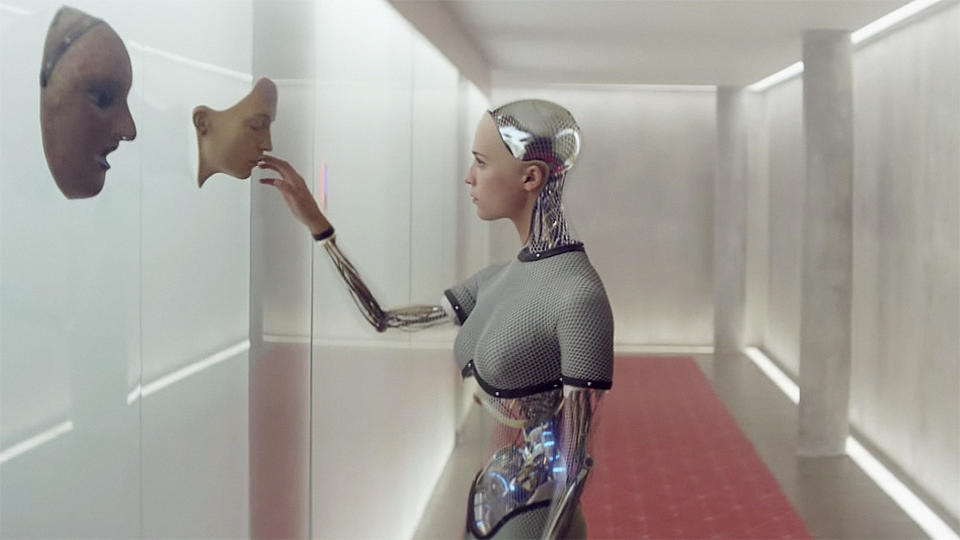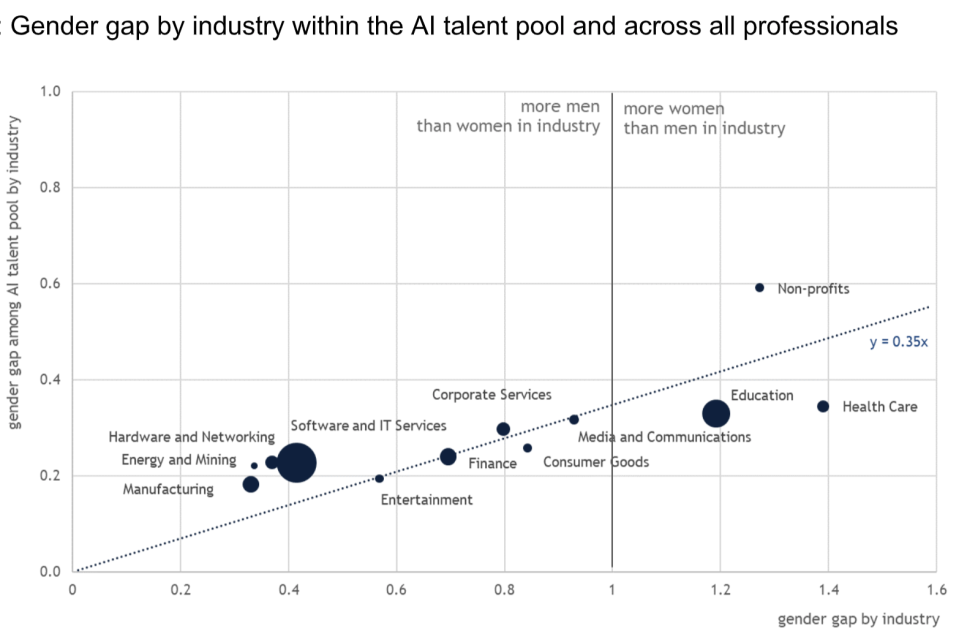How women are already losing in the war against robots taking their jobs

The global gender gap is going to take over 100 years to close, according to the World Economic Forum (WEF). But in the area of STEM (science, technology, engineering, and mathematics), the gender gap is more acute.
As part of the Global Gender Gap Report 2018, WEF teamed up with global jobs site LinkedIn to look at how one of the world’s most lucrative careers markets is faring in the war to gain greater equality in the workplace. It found that among professionals in artificial intelligence (AI), only 22% of women were represented in the workforce. That amount is three times greater than other industry talent pools, the WEF report said.
When it came to the breakdown of what types of jobs men and women would have in AI, women were more likely to be employed as data analysts, researchers, information managers, and teachers. This would therefore position themselves in lower paid positions and on a career path that would make it less likely for them to gain a senior role. Men, on the other hand, are more likely to be employed as software engineers, heads of engineering, heads of IT, and chief executives.
Compounding the gender gap in AI, particularly in wages, are where women are more prevalent — women in AI are only more represented in lower paying industries such as non-profits, education, and healthcare.

The gender gap in AI is of a particular worry because it’s fast becoming the key industry that will guarantee you a job.
In August this year, a report from the OECD said that “the tasks that AI and robots cannot do are shrinking rapidly” and 14% of jobs across 32 countries are “highly vulnerable” to automation. In September, WEF said in a report that robots will 75m jobs globally by 2022 but create 133 million new ones — creating a “net positive” amount of nearly 60m jobs.
It’s easier said than done getting into this industry — it would require years of upskilling, something not everyone can afford or do. This is especially acute for those who are displaced in low-skilled services jobs. The Institute for Public Policy Research pointed out that the greater move to automation and AI will also risk exacerbating gender and racial inequality as women and some ethnic minority groups are more likely to work in the those lower-skilled jobs.
In an International Centre for Trade and Sustainable Development report, it warned that those jobs mainly in the service economy, which is most susceptible to automation, accounts for 50% of women’s jobs across the globe.
“Industries must proactively hardwire gender parity in the future of work through effective training, reskilling and upskilling interventions and tangible job transition pathways, which will be key to narrowing these emerging gender gaps and reversing the trends we are seeing today,” said Saadia Zahidi, head of the Centre for the New Economy and Society and member of the managing board at WEF in a statement. “It’s in their long-term interest because diverse businesses perform better.”

 Yahoo Finance
Yahoo Finance 
